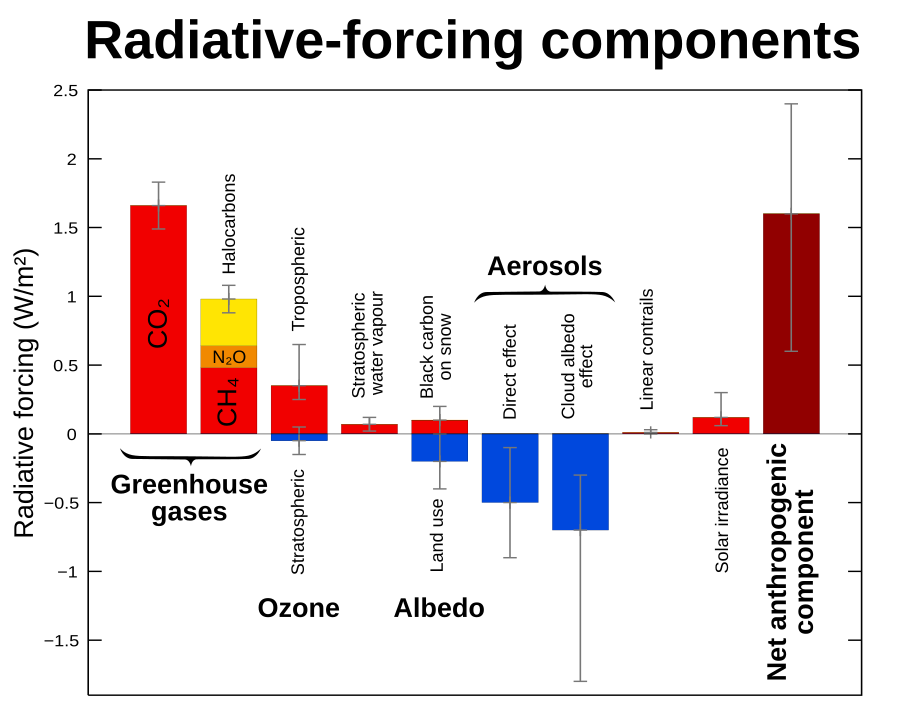Can't do the whole enchilada in THIS thread.. There's a specific topic here. So let's discuss what is known about "proxy evidence" for past climate extremes. You are welcome to revive any of the HUNDREDS of threads on OTHER GW topics or start a specific topic yourself. The rules don't allow for running battles on EVERY aspect of GW "theory"...
I've FOCUSED on the insights in the Ljungqvist study. I'm the one who posted it. It demonstrates how LITTLE consensus there actually is when it comes to the exaggerated predictions that are made for the inevitable GW apocalypse. AND it suffers from the same frailties as all the other paleo-proxies. ALTHOUGH the variances that THEY found still exceed the "weather" extremes that we are measuring today. That says a lot if you know that Paleo proxies are really really bad at measuring natural extremes. Michael Mann --- the felonious Hockey Checker told you that.
I am not interested in doing the whole enchilada either. What interests me is the connection between the paleo-record, and predictions, or, if you will, what kind of clues and conclusions that record actually supports.
I find, you are still all hung up about the regional variances, a failing monsoon here, and a drought in another century and on another (sub-) continent there, and misinterpret that as global variability. That would be almost like "I am freezing my ass of today, so we're experiencing global cooling." (Not that you would ever say anything like that.)
There actually seems to be very little consensus on the exact interpretation of proxy data, too, as the conclusion regarding temperatures / climate from tree growth, composition of sediments, or ice cores is far from straight-forward:
So, perhaps as a first step we can acknowledge that
regional variations might even out, and result in a far smoother global temperature curve than the one you seem to imagine.
"A number of studies that have attempted to produce very large spatial-scale reconstructions have come to the same conclusion: that medieval warmth was heterogeneous in terms of its precise timing and regional expression (Crowley and Lowery, 2000; Folland et al., 2001; Esper et al., 2002; Bradley et al., 2003a; Jones and Mann, 2004; D’Arrigo et al., 2006)."






 How many more you want to read. I've got dozens of them..
How many more you want to read. I've got dozens of them..